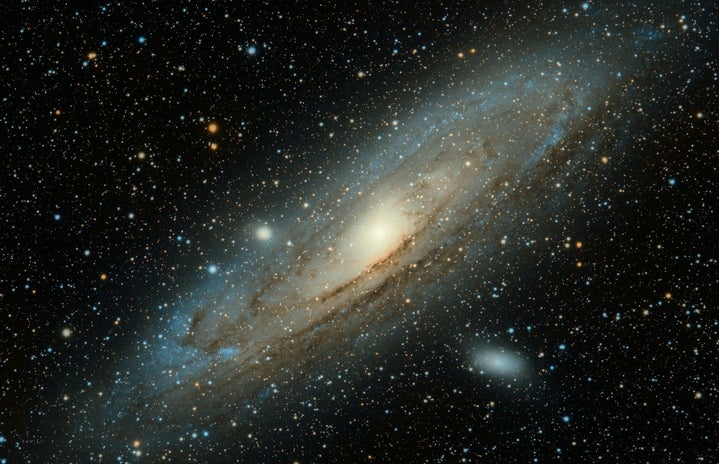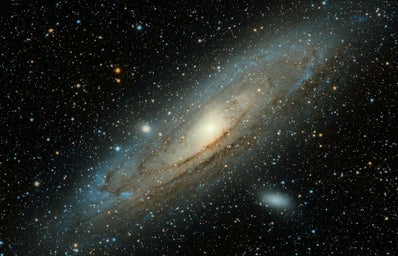Welcome back, travelers! Let’s continue our journey through the solar system, exploring the fun destinations and perks of traveling to the different planets in our solar system. This is your guide for vacationing do’s and don’ts when it comes to interplanetary travel.
Make sure you check out part one in the series here.
Mars: the 21st Century’s ‘Golden Child’
Mars has captured the world’s attention in recent years and rightfully so. Being the closest planet to Earth – only 33.9 million miles away – Mars would be a quick trip of only sixty days when traveling at top speed.
We are getting close to the time when astronauts will begin making their own ‘packing list’ for Mars, but as a traveler, what should you bring? For starters, have your camera on you. The media goes crazy over the Red Planet these days, so your pictures have the potential to make a lot of money.
Next, remember all of your snow gear. Just because Mars is red doesn’t mean it is hot. In space, red usually means cold. As a matter of fact, stars in colder spectral classes tend to be red, while the warmest ones are bluer. Keep that in mind, and pack up your snowshoes, skies, and ice skates. Who knows, maybe you’ll be one of the first people ever to play a sport on a different planet.
The solar system is full of unsolved mysteries. For instance, the presence of methane gas typically indicates functions of life. Interestingly enough, Mars has a prominent amount of methane in its atmosphere. We don’t know if there is actually life on the red planet, but just in case, I’d suggest packing some bear repellent. Because while scientists would agree that there is a very low chance of finding bears on Mars, you’d be hard-pressed to find someone who can make definitive statements about any place that humans haven’t visited.
Now that you’re packed and ready to blast off, let’s discuss the adventures you’ll have through just a little bit of exploring. Mars hosts the biggest volcano in the solar system, Olympus Mons. Additionally, there are deep valleys, dried up channels, mountains three times the size of Mt. Everest and canyons five times as long as the Grand Canyon. Both of the poles are fascinating, in that the north pole is smooth, and the south pole is cratered. You might just say that they are polar opposites.
Mars might make you famous, so remember me when you make headlines. Oh, and I forgot to mention: don’t forget to bring goggles in the case of a sandstorm!
Jupiter: the Bringer of Jollity
Now that our attention is beyond the asteroid belt, travel times will take much longer. In Jupiter’s case, the 265 million mile journey will last about 445 ½ days. However, don’t let the distance drive you away from planning a vacation to Jupiter.
Jupiter is a majestic beast; large, pristine and otherworldly. Everything about Jupiter is big. The planet is known for being massive, attracting small bodies to it with its enormous gravitational force. An entire section of this guide could be dedicated to Jupiter’s moons alone, since the 75 spectacular and drastically different bodies all have incredible attractions of their own. Moon talk could go on and on, but Jupiter in and of itself is bigger than anything comprehensible. Jupiter alone is two and a half times larger than every other planet in the solar system combined. To put it in perspective, the Great Red Spot is twice the size of Earth.
Speaking of the Great Red Spot, Jupiter is famous for its massive storms, this one being the most famous due to its size. While this violent, fiery-looking storm will surely be an exciting stop on your trip, save time to check out Jupiter’s stormy “pearls,” a string of tremendous counterclockwise-swirling storms that seem to resemble giant, ovular pearls. They are a top-notch attraction to view in Jupiter’s southern hemisphere, but Jupiter’s northern hemisphere is an attraction you don’t want to miss either. The northern pole has striking aurora, similar to Earth’s Northern Lights but on a larger and bluer scale.
Jupiter goes all out in everything. For that reason, this trip is not guaranteed to be perfect, especially for those who easily get motion sickness. Jupiter spins faster than the rotations of any other planet. Although it’s gigantic, there is no lack of speed. Therefore, make sure to pack a few barf bags for the queasier passengers.
Yes, there are cons to traveling to Jupiter, but the risk is part of the fun. Even if all of this is not appealing, think about Jupiter as a pop culture icon. Music such as Drops of Jupiter and Holst’s Jupiter: The Bringer of Jollity, movies such as Jupiter Ascending, and books such as Armada by Ernest Cline, which theorizes aliens on Jupiter’s moon, Europa, are all examples of Jupiter’s influence in modern culture. There’s a reason that so many people are interested in this planet and its moons – don’t you want to find out for yourself?
Stay tuned for more installments in the Travel Guide Through the Solar System series to learn about vacationing to the rest of our neighboring planets!
**
Glossary (Paraphrased Dictionary Definitions)
Aurora: A natural electrical phenomenon of different colored lights, which occurs at the poles. Example on Earth: The Northern Lights.
Methane: A flammable, odorless, colorless gas which makes up most natural gases.
Spectral Classes: A class system used to categorize stars by brightness and temperature.
**
Sources


